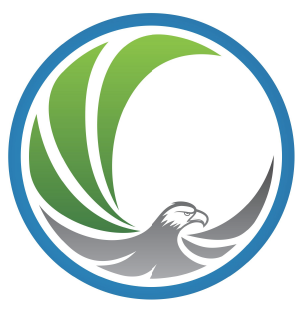About Us

With deep gratitude and respect, we are honoured to be learning and unlearning on the ancestral and unceded lands of the Musqueam, Squamish Nation and Tsleil-Waututh Nation. Norma Rose Point (NRP) School, named after a Musqueam elder and located on Musqueam land, neighbouring Pacific Spirit Park and the University of British Columbia, consists of 740+ Kindergarten to Grade 7 students and 68 staff. The school is comprised of nine learning communities (ranging from 80 to 140 learners), named after Indigenous flora in Pacific Spirit Park and Indigenous cultural history. Norma Rose Point School is known for its innovative learning environment, flexible learning spaces, a focus on inquiry learning and the desire to integrate Indigenous ways of knowing in authentic ways.
The learners come from a vast array of countries and continents and have many cultural experiences. There are now 42 languages other than English spoken by students and families, with Mandarin speaking learners as the largest group. Approximately 35% (279) of the students receive English Language Learning (ELL) support. The cultural and language histories are wide and varied and parents come from many walks of life. NRP’s transiency rate is incredibly high and remains a challenge as NRP constantly works to establish norms, routines, and get to know up to 300 new learners and parents every year.
Within the university community, it is clear that families hold high academic expectations for students. In addition, many of these families choose to enroll students in out-of-school academic programs. In the past, NRP teachers have been involved in inquiry research on the topic of math instruction (i.e. Inquiry question: “How are innovative teaching and learning practices used to develop curricular competencies in Math, while changing the cultural understanding around math learning?”) NRP will continue to discuss, examine and modify math programs and practices through the lens of best practice. Math will continue to be a school goal but will not be a primary goal moving forward.
Norma Rose Point has an involved and very supportive parent community that volunteers to support school and classroom activities such as school garden projects, welcome-to-school activities, whole school dance and recreation experiences and many other events to encourage parent and family involvement. A dedicated group of parents actively participate in monthly PAC meetings developing and implementing fundraising initiatives. The PAC has been pivotal in supporting educational changes in the curriculum and in communicating student learning, in supporting new and emerging technologies and in supporting playground and beautification plans.

